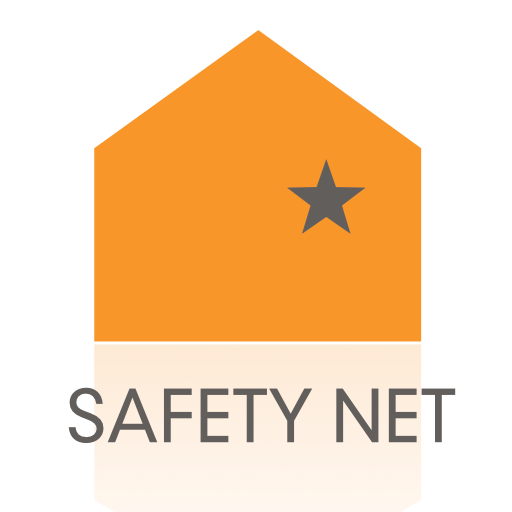Image from the National Sexual Violence Resource Center.
Since 2011, April has been recognized as Sexual Assault Awareness Month (SAAM) with an annual national SAAM theme developed by the National Sexual Violence Resource Center (NSVRC). The theme for 2022 is Building Safe Online Spaces Together, a call to action that the NSVRC states “…is possible when we practice digital consent, intervene when we see harmful content and behaviors, and promote online communities that value respect, inclusion, and safety.”
The Safety Net Project is often focused on the ways people can misuse technology to abuse others, and on developing tools to help survivors and their advocates respond to the abuse they experience. Of the different types of technology-facilitated abuse the Safety Net Projects works on, online sexual harassment is one of the most common and one of the biggest challenges we all face in the work of building safe online spaces together.
According to a 2020 survey by the Pew Research Institute 41% of all adults in the United States have experienced some form of online harassment [1]. Among adults under 35 years old, 33% of women and 11% of men have been sexually harassed online. Dating apps were the most common online space where sexual harassment was experienced (60% of women and 27% of men) by adults under 35 years old [2]. A survey of 10-18 year old adolescents in the U.S. found that 15% reported experiencing online sexual harassment [3].
Online sexual harassment can be defined as unwanted sexual conduct on any digital platform. The European Union’s Project deSHAME identified four distinct categories of online sexual harassment [4]:
Non-consensual sharing of intimate images and videos
Exploitation, coercion, and threats
Sexualized bullying
Unwanted sexualization
Like many other harms, the impact of experiencing online sexual harassment can be very different from one person to another. It’s important not to minimize the impact of harassment because it is online. There can still be significant trauma and fear. And, in many cases, online harassment can quickly move offline into other forms of sexual, physical, and financial, and emotional abuse.
The NSVRC recommends several practices anyone can do to help build safe online spaces:
Practice digital consent
Intervene when you see harmful content and behaviors online
Promote online communities that value respect, inclusion, and safety
Positive reactions to abuse can help to prevent other harms in online spaces by establishing examples of behavior and interaction online that are grounded in respect. In real-world and online spaces, people create the spaces around them by being in them. How people are in those spaces helps determine if those spaces are safe and who those spaces are safe for. If people bring fundamental ideas like consent, respect, inclusion, and care for others into the spaces they exist in, then those spaces will be profoundly safer for everyone in them.
This April, we’re happy for the reminder that the goal of our work on the Safety Net Project and NNEDV is to build something better than what we have now, and working together is needed to do that. While joining survivors, advocates, communities, and the NSVRC in doing the work of building safer spaces everywhere, the Safety Net Project also supports the process of building by doing what we can give advocates the tools to work with survivors to make every day safer. Explore our website to learn about those tools, and explore the NSVRC’s Sexual Assault Awareness Month pages to learn more about SAAM.


